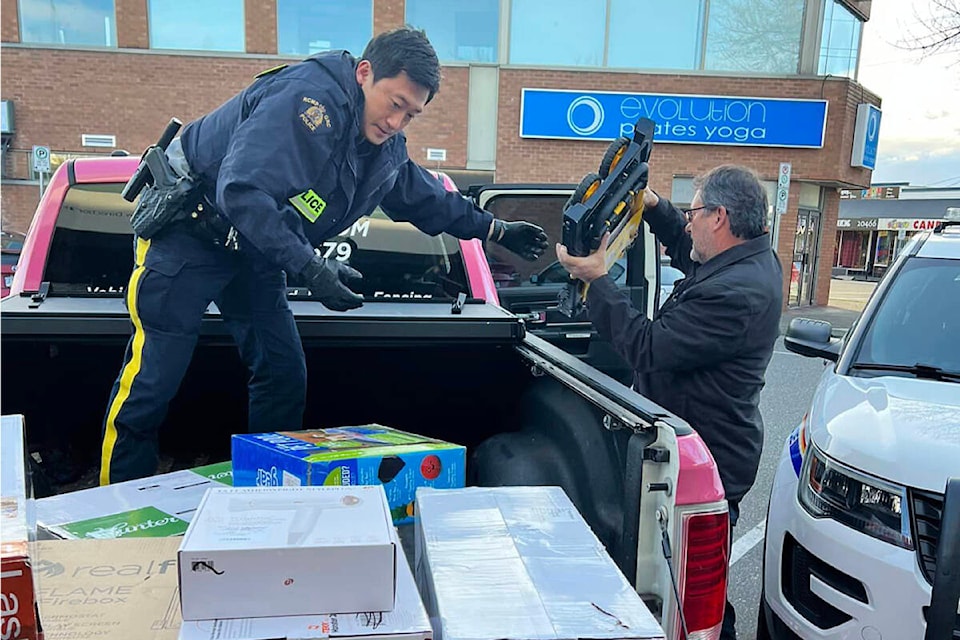There were more deaths from toxic drugs and overdoses in 2022 than in all but one other year, according to data on the ongoing crisis released by the BC Coroner’s Service this week.
Langley saw 41 deaths due to illicit toxic drugs in 2022, the data showed, and there were already seven more deaths in January.
The only year with more deaths was 2021, when 59 people died in Langley Township. In 2020 and 2017, 37 people died.
A decade ago, between five and 10 people per year were dying of drug toxicity in Langley.
The early months of the year have been bad in Langley, said Kim Snow of Kimz Angels, an outreach group that works with low-income people, seniors, and the homeless.
The group has been giving away more Naloxone, a drug that can save the lives of people in the middle of an opioid overdose, and Snow said she had heard that other local outreach groups, like Stepping Stone and the Lookout Society, were also seeing more demand.
Snow mentioned multiple deaths around town of people she and her agency had worked with.
“Things are getting worse when they’re supposed to be getting better,” Snow said.
Across B.C., 211 people are believed to have died in January.
“Once again, our agency is reporting on preventable losses of life in heart-breaking numbers,” said Lisa Lapointe, chief coroner. “We are nearing the seventh anniversary of the declaration of the public-health emergency into substance-related harms, and the drug-poisoning crisis continues to cost lives and communities at an unprecedented rate. Toxic drugs pose a constant and ever-present danger to anyone who uses drugs. Anyone using any substance purchased on the unregulated illicit drug market is at risk of serious harm or death.”
Health authorities have made repeated attempts to bring the number of drug deaths down. The origin of the spike in deaths was with the sudden prevalence of powerful opioids, including fentanyl, which were being used to spike heroin, cocaine, and other drugs starting seven years ago.
READ ALSO: Langley cannabis firm issues retraction after cocaine firestorm
READ MORE: Nearly 7 British Columbians died a day from toxic drugs in January
The widespread distribution of Naloxone was part of the efforts, as were more resources for street-level outreach teams, such as Langley’s Community Action Team, and education campaigns.
In 2018 and 2019, deaths began to drop somewhat, but the pandemic saw numbers spike again.
As of stats from 2022, fentanyl was still present in more than 84 per cent of samples taken from victims of toxic drug deaths, but methamphetamine had almost doubled in prevalence since 2013, and benzodiazepines, a prescription drug, had shot up and were found in almost a quarter of deaths. Alcohol has also consistently been a factor in about 25 per cent of cases.
The numbers of both men and women dying of toxic drugs has risen since 2013, but far more men than women are dying. In 2023 so far, 77 per cent of victims were men.
The province recently began a new harm reduction policy, in which small amounts of hard drugs have been decriminalized for personal possession.
Selling such drugs remains illegal.
Have a story tip? Email: matthew.claxton@langleyadvancetimes.com
Like us on Facebook and follow us on Twitter.

